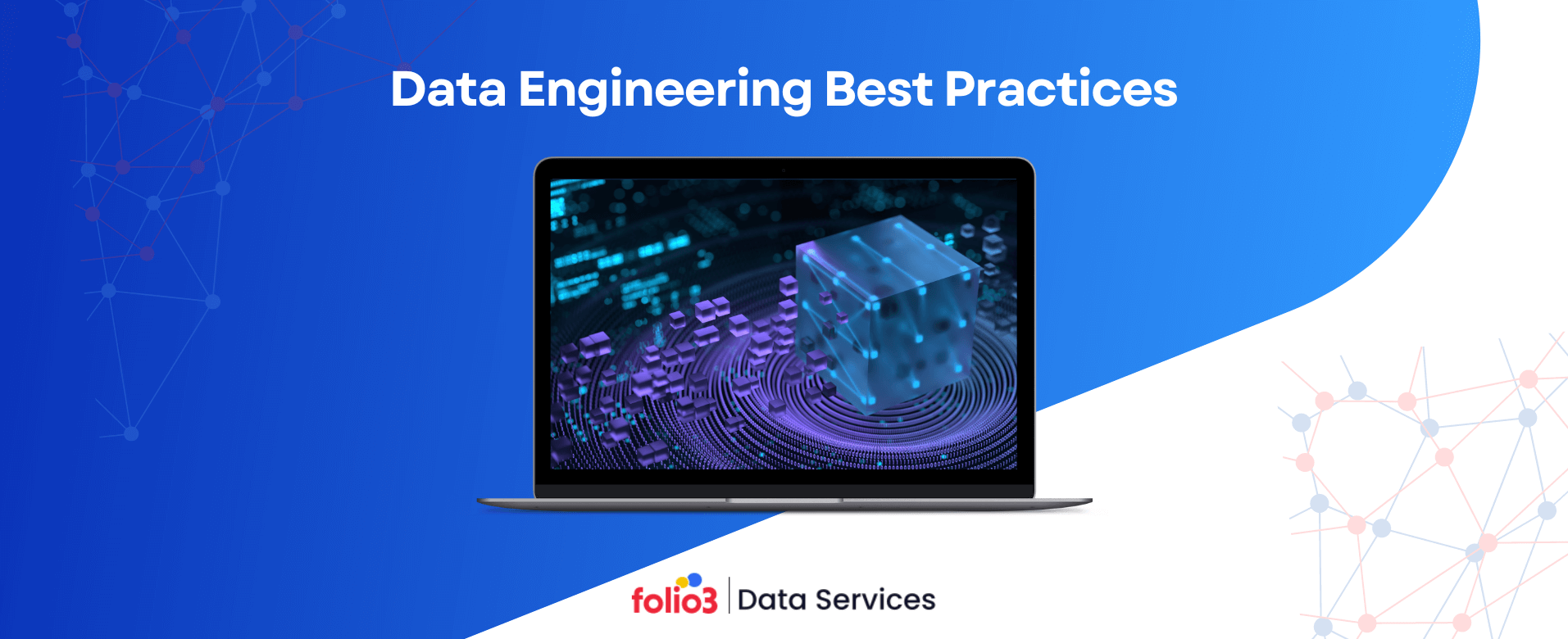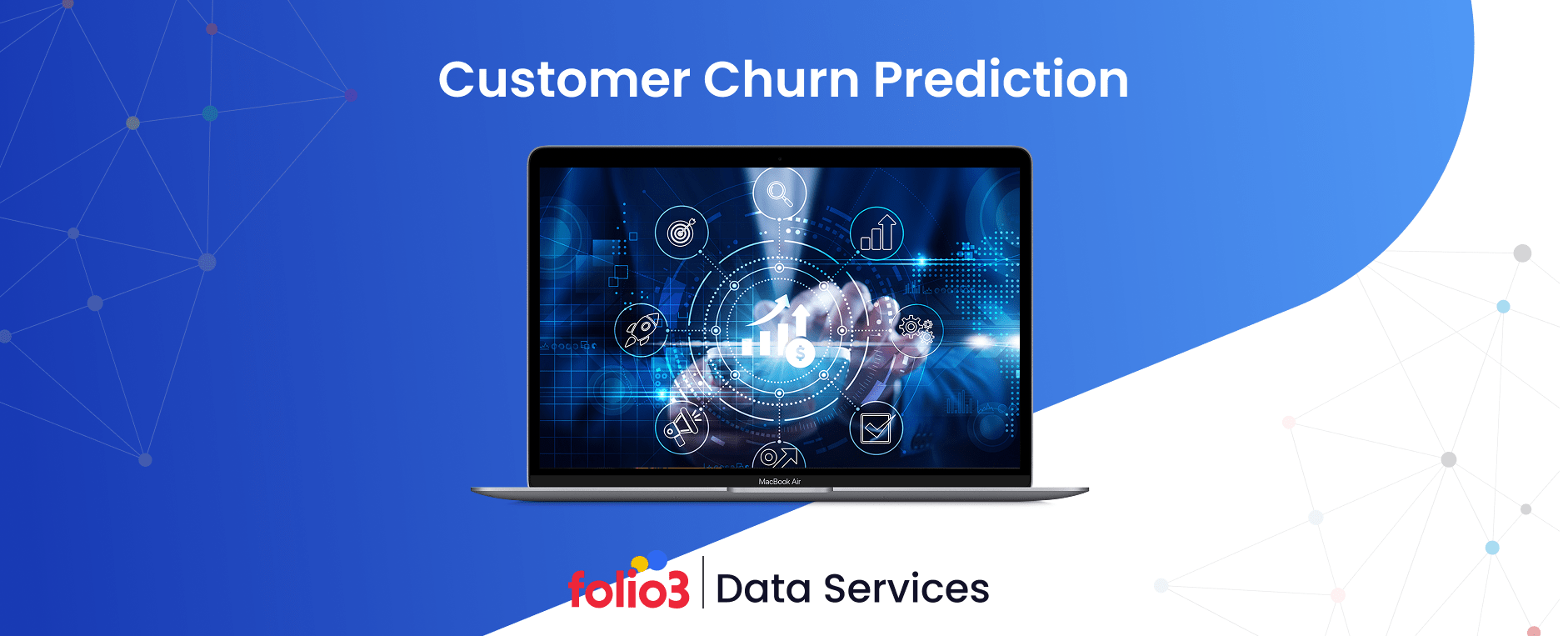Data is the lifeblood of modern businesses, powering decision-making, product development, and customer engagement. Data engineering has become increasingly critical as the volume of data continues to grow. Efficient data systems enable businesses to manage, process, and derive insights from vast amounts of data in real time.
However, with complexity comes a set of challenges: maintaining scalability, ensuring data quality, implementing governance, and managing costs.
This blog explores data engineering best practices for building scalable and efficient data systems.
By following these principles, businesses can ensure they have robust, reliable, and future-proof data infrastructure.
1. Build a Solid Foundation with Data Architecture
A well-designed data architecture is at the core of any efficient data system. A robust architecture ensures data flows smoothly across various systems and can be accessed, processed, and analyzed seamlessly.
Data engineering consultation plays a vital role in creating scalable architectures that accommodate both current data requirements and future growth, incorporating elements like distributed storage systems, cloud-based solutions, and real-time processing capabilities.
A solid foundation in data architecture also reduces latency and optimizes performance, creating a data system that is both responsive and adaptable.
- Modular Design: Ensure the architecture is modular, enabling the replacement or upgrading of individual components without affecting the entire system.
- Cloud-Native Architectures: Cloud-based solutions like AWS, Azure, or Google Cloud can scale dynamically with data volume and processing demands.
- Microservices Approach: Adopting a microservices architecture for data systems allows for independent scaling, failure isolation, and streamlined management.

“Folio3 has a deep understanding of data architecture and is an expert in enterprise data engineering solutions. The level of technical detail they brought to our data transformation project helped build strong trust with the team. The volume and quality of data pipelines and analytics solutions they delivered in a short amount of time is truly impressive.”
Director of Technology
Rigid data structures making it hard to adapt? A data lake offers the flexibility you need to work with various data formats.
Explore flexible solutions today!
2. Establish Clear Data Governance
Data governance is essential for ensuring data quality, compliance, and security across the organization. Businesses can minimize risks and ensure regulatory compliance by creating clear rules and frameworks around data collection, processing, and storage.
Transparent data governance helps ensure that teams use consistent, accurate, and compliant data across the entire organization, which is crucial for decision-making.
In many cases, organizations also rely on data integration solutions and consulting to align governance practices with seamless data flow across multiple systems, reducing silos and improving traceability.
- Data Stewardship: Assign data stewards responsible for monitoring data quality and implementing governance policies.
- Compliance Standards: Ensure adherence to GDPR, HIPAA, and other data security and privacy regulatory requirements.
- Metadata Management: Maintain detailed metadata to help track data lineage, understand context, and simplify auditing.
3. Prioritize Data Quality
Bad data can lead to incorrect insights, poor decision-making, and loss of trust in the data system. Data engineers must prioritize data quality to ensure data is accurate, complete, and reliable throughout its lifecycle.
By maintaining high data quality, businesses ensure they work with trustworthy information that drives reliable outcomes.
- Validation Rules: Implement data validation rules at the entry point to catch errors early.
- Automated Quality Checks: Use tools to identify and correct data anomalies, outliers, or missing values.
- Data Enrichment: Enrich data by cross-referencing with external datasets to provide context and improve accuracy.
4. Optimize Data Pipelines
Optimizing data pipelines is critical for minimizing latency and ensuring data flows efficiently from ingestion to transformation and storage. Leveraging data pipeline services helps organizations manage the increasing complexity of pipelines, streamline processes, and eliminate bottlenecks to maintain performance. These services ensure that data pipelines are not only scalable and reliable but also optimized for real-time processing and analytics.
Well-optimized pipelines ensure data can move through the system quickly and efficiently, providing real-time insights when needed.
- Batch vs. Stream Processing: Based on the nature of the data, choose between batch and stream processing. Stream processing is ideal for real-time analytics, while batch processing works for periodic data loads.
- Parallelization: Parallelize data processing tasks to reduce bottlenecks and improve performance.
- ETL Optimization: Optimize ETL (Extract, Transform, Load) processes by eliminating unnecessary transformations, caching reusable data, and pushing computation to the source.
5. Implement Version Control for Data and Code
Version control, commonly used in software development, is also crucial for managing data and the code that processes it. Tracking data schemas and transformation code changes ensures that errors can be traced and resolved quickly.
By versioning data and code, data engineers can maintain consistency, reduce errors, and facilitate team collaboration.
- Git for Code: Use Git or other version control systems to manage code changes in data processing scripts.
- Schema Versioning: Implement version control for data schemas, ensuring compatibility between different versions of datasets and preventing schema mismatches.
- Data Backups: Regularly back up data to avoid loss and ensure a quick recovery in case of corruption or errors.
6. Use Automation and Infrastructure as Code (IaC)
Automation plays a key role in ensuring the efficiency of data systems. Infrastructure as Code (IaC) is a powerful practice that allows teams to manage and provision data infrastructure using code, resulting in more consistent and scalable environments.
Automation reduces operational overhead, allowing data engineers to focus on more complex tasks while improving system reliability.
- Automated Deployment: Use CI/CD pipelines to automate the deployment of data services, minimizing manual errors and reducing deployment times.
- IaC Tools: IaC tools like Terraform or Ansible define and manage infrastructure, ensuring repeatable and scalable environments.
- Task Scheduling: Automate repetitive data engineering tasks such as data ingestion, pipeline runs, and database backups using scheduling tools like Airflow or Luigi.
7. Design for Security and Data Privacy
As data volumes increase, so do the risks associated with security breaches and data leaks. Data engineers must prioritize security and privacy from the outset by implementing best practices that protect sensitive information and ensure compliance with data privacy regulations.
Designing systems with security in mind prevents breaches and builds trust with customers and stakeholders, ensuring compliance with privacy laws.
- Data Encryption: Encrypt data at rest and in transit to protect against unauthorized access.
- Access Control: Implement strict access controls using role-based access control (RBAC) or attribute-based access control (ABAC) models to limit who can access sensitive data.
- Auditing: Set up comprehensive auditing and logging to monitor access to data systems and detect suspicious activities.
8. Focus on Cost Efficiency
With data engineering becoming more reliant on cloud infrastructure, managing costs is more critical than ever. Poorly designed systems can lead to unnecessary cloud spending, especially with scalable resources like storage and computing.
By focusing on cost-efficient architecture and processes, businesses can maximize their return on investment while maintaining performance. Many companies benefit from Snowflake consulting solutions to help optimize their cloud-based data platforms and eliminate unnecessary overhead.
- Resource Monitoring: Continuously monitor resource usage to identify and eliminate waste using tools like AWS CloudWatch or Google Cloud Monitoring.
- Scaling Policies: Implement auto-scaling policies to allocate resources dynamically based on actual demand.
- Cost Estimations: Use cloud cost calculators to estimate expenses ahead of time and budget more effectively.
9. Use Modern Data Warehousing Solutions
Modern data warehousing solutions, such as Snowflake and Google BigQuery, are designed to handle vast amounts of data with scalability and efficiency in mind. These platforms provide flexibility and performance advantages over traditional data warehouses.
Using modern data warehousing solutions and a robust data warehouse strategy helps businesses process and analyze large datasets efficiently, driving real-time insights.
- Separation of Storage and Compute: Use warehouses like Snowflake that separate storage and compute, allowing for independent scaling and cost optimization.
- Data Partitioning: Partition data based on key attributes such as time or geography to improve query performance and reduce unnecessary scans.
- Data Lake Integration: Integrate data lakes with data warehouses, or consider data warehouse to data lake migration, to store unstructured data alongside structured datasets for a unified view.
10. Implement Monitoring and Alerting
Without proper monitoring and alerting, data systems can fail without detection, leading to delays, lost data, or faulty insights. Data engineers need robust monitoring to track the performance, health, and security of their systems.
A strong monitoring and alerting system ensures that issues are detected early and addressed promptly, reducing downtime and maintaining system reliability. In complex environments, data lake consultants often play a key role in designing and implementing these systems to ensure scalability and operational resilience.
- Proactive Monitoring: Use tools like Prometheus, Grafana, or Datadog to monitor the performance of data systems, including pipeline execution times, resource usage, and system health.
- Automated Alerts: Set up automated alerts to notify engineers of anomalies, such as failed jobs, resource overutilization, or potential security breaches.
- Logging: Maintain comprehensive logs to provide traceability and troubleshooting capabilities in case of failures.
Conclusion
Data engineering is the backbone of any data-driven organization. Partnering with Folio3 Data services and implementing these data engineering best practices, businesses can build scalable, efficient, and secure data systems that meet the growing demands of modern data processing.
From establishing strong data architecture and governance to optimizing pipelines and prioritizing security, these practices will ensure your data infrastructure is prepared for current challenges and future growth.



